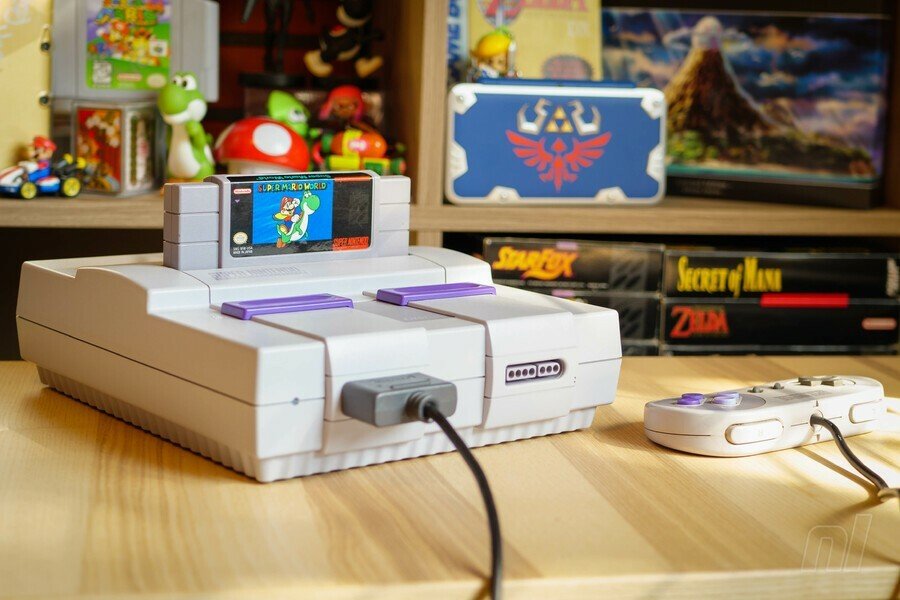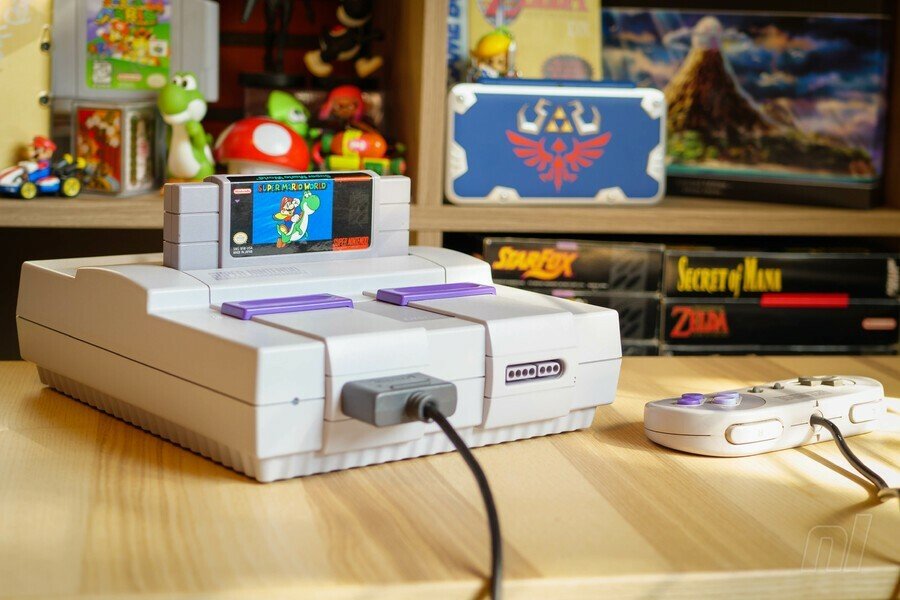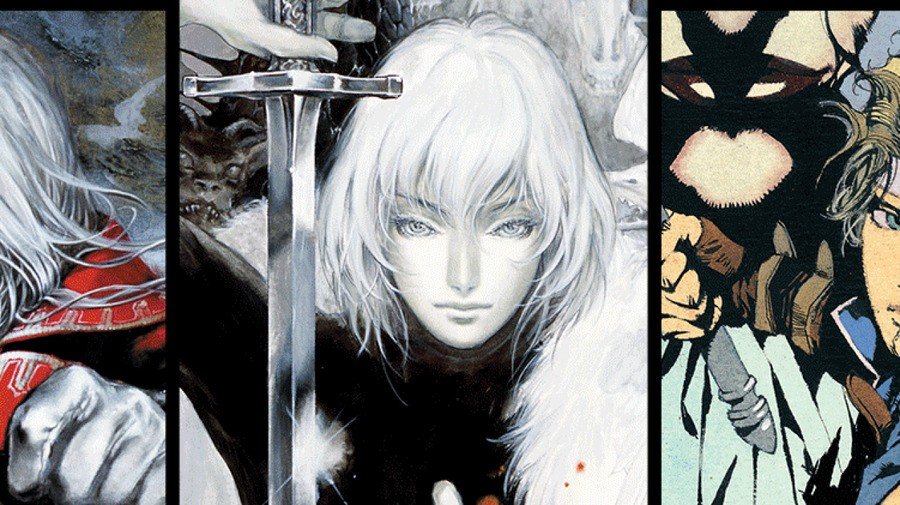

As you've no doubt seen over the past couple of years, there have been some high profile and eye-watering sales of retro games which have reached hundreds of thousands of US dollars, and now more than $2 million. It's been rather baffling to onlookers; these are copies of extremely common games, after all, and the downside has been that it has also pushed prices up for dedicated collectors. The headline numbers are crazy and standalone, but they inflate the 'normal' market elsewhere.
It's becoming increasingly clear, too, that the bubble that's led to micro-investment schemes is becoming even less sustainable. Now there are detailed and well-reasoned arguments that this hyper-inflation — which defies logic to many who know gaming history and the collector's scene in particular — is rife with foul-play, cynicism and greed.
We shared it previously in the article linked above, but the video from Karl Jobst is well worth a watch for the full lowdown on exactly what's suspected to be happening here. As a one paragraph summary, Jobst outlines and connects a small number of individuals and companies that have been at the heart of the 'Mario game sells for megabucks' headlines that have been all over gaming and broader mainstream media in recent times. The video report presents evidence that it says points to deliberate market manipulation, acquiring and then 're-buying' games at greatly inflated prices to create an exaggerated market. With successful inflation of prices, driven by 'rating' systems and high-value auctions, it drives investors into the market and it keeps growing. It's creating a bubble of unrealistic prices.
Many of us settle for buying a nice art print while looking boggle-eyed at auctions of the original paintings, and in a way the same is happening in games
It's a fascinating topic, and in some respects we could regard it as an obscene sideshow in gaming — a demonstration of how mainstream popularity clashing with opportunists leads to these sorts of crazy initiatives. It feels like a parallel universe that we gawk at, as unidentified millionaires throw money around — or perhaps pretend to — trading in games that are only worth a fraction of the selling price. Many of us settle for buying a nice art print while looking boggle-eyed at auctions of the original paintings, and in a way the same is happening in games. The value attached to an original, or in the case of gaming to sealed and supposedly rated games, doesn't necessarily matter to the value we place on our own copies, though. After all, many of us have our own treasured boxes and cartridges, because we played them and personally valued them decades ago; our slightly crumpled copy of Super Mario Bros. is no less 'authentic' than the hermetically sealed mint version.
The problem, of course, is that the impact trickles down into something more like the real world of collecting. You can still find loose cartridges and dog-eared copies of games for affordable prices, but those prices are still, in some cases, rising a fair bit faster than normal inflation. The insanity around mint sealed copies also makes those prime collectibles harder to find at 'sensible' prices. Collecting video game memorabilia can still be done by many of us — there are millions of copies of Super Mario Bros. and The Legend of Zelda out there in the wild — but the cost and expected quality of copies is still artificially inflated and harmed by obscene prices at the very top end.
What this latest coverage of the artificially inflated market does help with, ultimately, is to break through the attention-grabbing numbers and PR and perhaps contribute to the eventual burst of the current million-dollar-game bubble. It's a welcome progression and huge credit is due to those involved in shedding light on the cynical business behind million dollar+ game sales that, on the surface, were viewed by many with shock and indeed credulity. It's fascinating to see gaming fall victim to the same strange market forces that have played out in other areas of culture, but also pleasing to see the curtain drawn back.
While the remainder of this odd period in high-end game collecting plays out, towards the inevitable crash, it does remind us of how poorly gaming is protecting its history. We touched on this earlier in the year in relation to digital preservation and the debates about ROMs; what are game companies going to do to help protect their own history? How do we ensure that gamers around the world can see and appreciate the history of gaming, not just the games themselves but the ephemera that defines them — the box art we love, the manuals and products that defined generations.
To drop into a personal point for one brief moment, for two years I studied 'the history of the book' at Edinburgh University, seeing and accessing extraordinary collections of manuscripts, first edition novels and in some cases examples of the earliest 'books' ever produced. The University, Scotland's National Library, a wealthy benefactor that plans to donate key parts of his collection in the future – they were all guardians of this material. None of it was profitable, but it was considered important – a preservation of history and culture, along with initiatives to share these historical items with the world.
One problem that gaming has had in its relative youth… is that it wasn't always treated seriously as an art form worth preserving.
One problem that gaming has had in its relative youth, which is perhaps changing as it is now as popular and mainstream as more traditional media, is that it wasn't always treated seriously as an art form worth preserving. We've spoken to owners of fascinating collectibles that they obtained when they worked at game companies and would literally pick them out of rubbish disposal. It was just 'stock' to be disposed of that is now considered valuable, like a Kirby e-reader card from E3 2002. There are organisations seeking to collate and preserve this history, like the Video Game History Foundation, in a similar way that academic institutes and libraries have done so for centuries of rare books.
Perhaps Nintendo is also planning to do its part — its plans for a 'Nintendo Gallery' focused on exhibiting 'Nintendo’s historical products' sounds promising. Gaming history goes back long before Nintendo even thought of entering the market, but there's no doubting that in modern gaming history the big N is the old stager in the industry, and so it should lead the way in preservation and sharing those joys with the public.
What gaming ultimately needs, for its long term historical preservation, is for companies like Nintendo, Sony, Microsoft and major publishers to lead the way, maintaining copies of all games and their related media for future generations. We should see more museum exhibits, events and showcases of this history for the public to enjoy, and ideally there will be extensive digitisation efforts. It's not just about ROMs, but scans of everything else that has been part of gaming history. In other words, projects like that of the Video Game History Foundation but on an even bigger scale, organised and supported by the enormous companies that ultimately hold the keys to the archive kingdom.
And hopefully, once this crazy bubble of inflated 'sealed copy' prices bursts, we can get back to a collector's economy that is fairer and more accessible. Because an arbitrary 'rating' ultimately doesn't matter, it adds no real value. The value is in the history of video games, their packaging, scuffs and all. The value of games shouldn't be about their investment potential or flipping for profits, but rather what they mean to gamers of all ages and persuasions, however they choose to collect, display, preserve or, you know, play them.
History — video game history — doesn't belong to a handful of speculative investors, and ultimately it never will.

